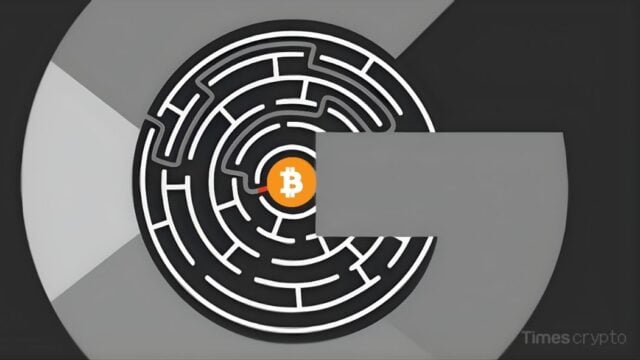Key Takeaways:
- Starknet reaches “Stage 1” decentralization, joining an elite group of Ethereum layer-2s.
- Total Value Secured (TVS) hits $637M, making it the largest ZK-rollup by assets.
- LBTC integration enables Bitcoin-backed DeFi without moving BTC off-chain.
- Security upgrades reduce reliance on centralized “training wheels.”
Starknet’s Dual Leap: Decentralization Meets Bitcoin DeFi
Starknet, Ethereum’s zero-knowledge (ZK) rollup scaling solution, has achieved a pivotal decentralization milestone while bridging Bitcoin into its DeFi ecosystem. With $637 million in Total Value Secured(TVS), it now leads ZK-rollups like zkSync and Scroll, per L2BEAT data, a signal of growing trust in its tech stack.
Stage 1 Decentralization: Shedding the Training Wheels
Starknet’s “Stage 1” designation, based on Ethereum co-founder Vitalik Buterin’s 2022 framework, means it now operates with minimal centralized control. Key upgrades include:
✅ Security Committee: A multi-sig group of auditors and devs to oversee upgrades.
✅ Censorship Resistance: Transactions can’t be arbitrarily blocked.
✅ Validity Proofs: Cryptographic guarantees replace third-party trust.
Stage 1 – shared through the project’s official X account – is the gold standard for rollup maturity. Next, Starkent will be racing toward full community governance. Only three other layer-2s (mostly smaller projects) hold this status.
Bitcoin Joins the ZK Party
In tandem, Starknet integrated LBTC, a 1:1 Bitcoin-backed liquid staking token by Lombard Finance, as stated in their X account:
This lets users:
- Stake BTC on Bitcoin’s blockchain.
- Use LBTC for lending, trading, or yield farming on Starknet.
- Avoid risks of wrapping BTC via centralized custodians.
This opportunity takes advantage of Bitcoin’s $1.3 trillion market cap by providing holders with DeFi utility while maintaining the security of Bitcoin. Other competitors, such as Sui, are following suit with synthetic BTC alternatives.
Market Impact: ZK-Rollups Heat Up
Starknet’s TVL of the moment ($629 million) indicates greater institutional interest in ZK tech. Its closest rival, zkSync, boasts $610 million in TVL, but optimistic rollups like Arbitrum (2.5B TVL) are still leading overall. Analysts gave credit to Starknet in part due to its Cairo programming language and a recent reduction in fees (around $0.08 per swap).
Being optimistic, LBTC could be a gateway drug for Bitcoin maxis to explore Ethereum DeFi.
Summing Up
Starknet’s roadmap targets “Stage 2” full decentralization by 2026, alongside scaling improvements via recursive proofs. With Bitcoin ETFs funneling capital into crypto, its LBTC play positions it as a bridge between ecosystems.
Despite progress, Starknet trails in daily active users. Its focus on complex ZK-proof apps also limits mainstream appeal compared to meme coin-friendly chains like Solana.
Can Starknet’s ZK-tech and Bitcoin gambit dethrone Optimistic rollups? As Ethereum’s Pectra upgrade slashes layer-2 fees, the race for DeFi dominance is wide open.







